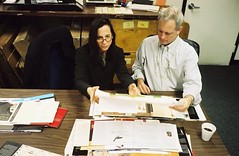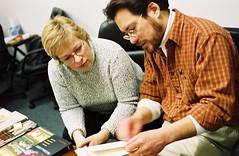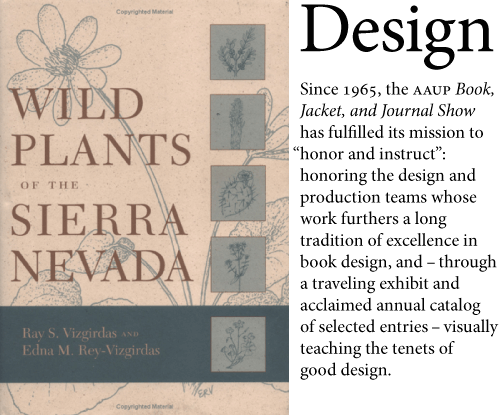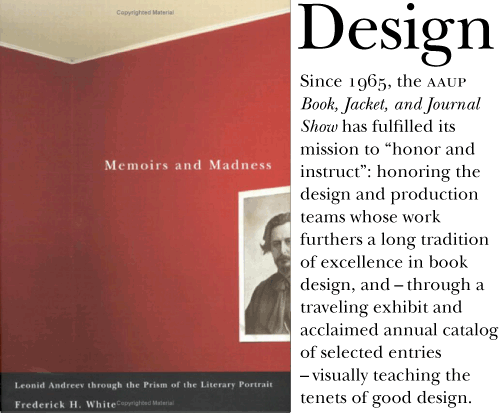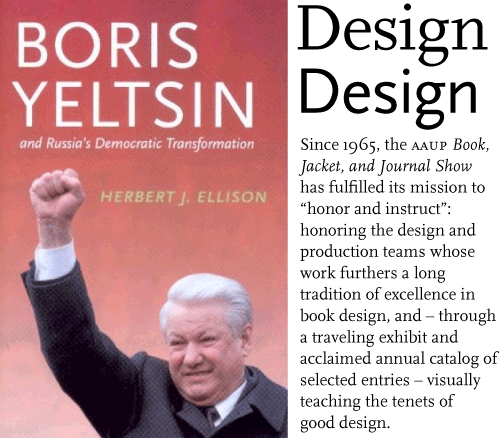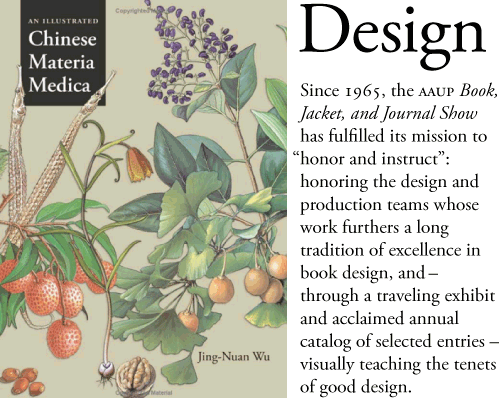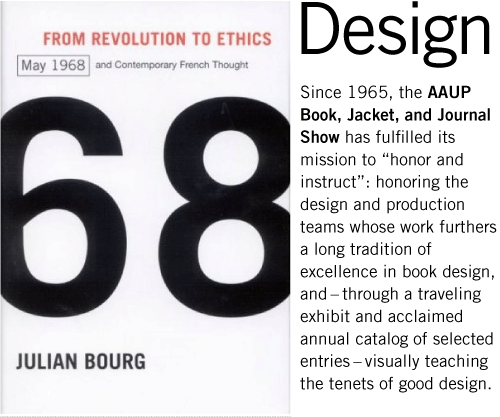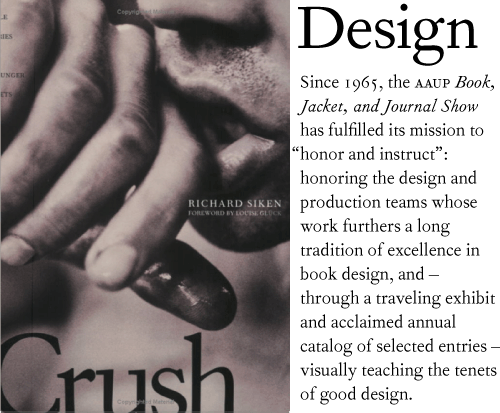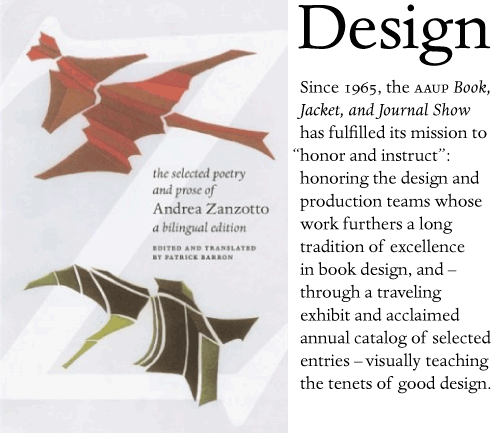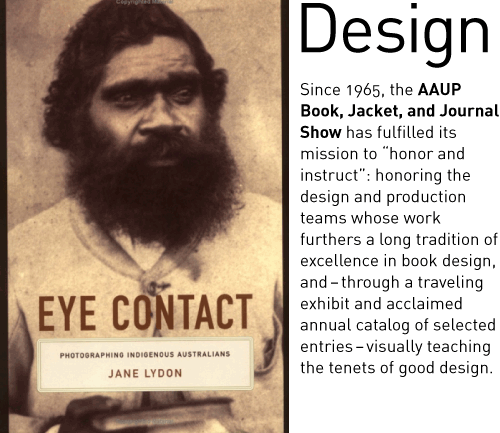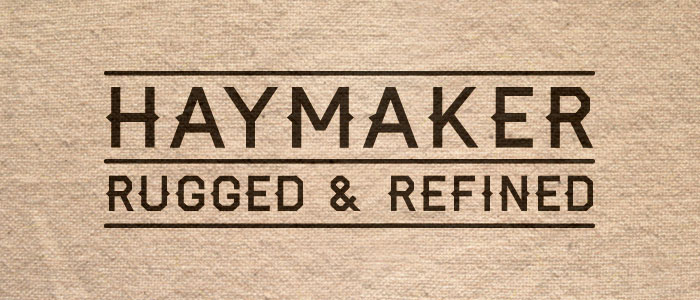Fossil Fuels As Energy Sources – A Dying Issue Explained
Good to see you on this page. Fossil fuels as energy sources may be out of favour but once you have gone through this information with me you may agree that they are not a boring subject…
Or should that be a drilling subject?… Sorry!
Most scientists accept that fossil fuels as energy sources have humble beginnings as plant life, which was fossilised over great periods of time. For oil this commenced up to 3 billion years ago, but predominantly 100 to 600 million years ago.
Here are some basic fossil fuel facts
Generally fossil fuels as energy sources are recognised to constitute
- Coal
- Oil and
- Gas
Coal is the most abundant of fossil fuels.
In this range anthracite is the hardest. It has the highest carbon and lowest hydrogen and oxygen contents, and has the best heating value, with peat having the lowest.
Coal is formed into:
- peat
- lignite or brown coal
- sub-bituminous coal
- bituminous coal
- and anthracite
 It formed into these various substances according to the amounts of heat and pressure, applied during the geochemical stage of coal development.
It formed into these various substances according to the amounts of heat and pressure, applied during the geochemical stage of coal development.
Oil as fossil fuel knows four divisions. More fossil fuel information.
- Petroleum, also called crude oil, is found within the Earth’s crust in a liquid form
- Mineral oil is a by-product of the distillation of petroleum
- Oil shale is sedimentary rock, which can be distilled to produce petroleum
- Coal oil is distilled from bituminous shale or from mineral wax
Fossil fuels as energy sources are in decline.
Oil has shaped our global civilisation through its plentiful and cheap supply thus far. Oil and gas together supply over half the world’s energy supply. But oil supplies are in decline in 33 of the 48 largest oil producing countries.
The main oil producers are the OPEC countries, with 40% of the world’s share. North American and North Sea reserves are declining while supplies of oil and gas from Russian and Caspian Sea supplies could rise.
Natural gas is mostly methane. Again, most scientists agree that natural gas was also created from plant matter, perhaps at the mouths of rivers where this plant matter could not be converted to coal. Some methane gas however originates in the primeval gas cloud that formed the solar system. Therefore it is not solar in origin.
Gas is a cleaner energy source than oil or coal. Its global demand is projected to grow at 2.8% annually up to 2025. This is at greater rate then that for oil. However, the infrastructure for the distribution of gas makes it an expensive form of energy.
Fossil fuels as energy sources – some history
People have used fossil fuels as energy sources for a long time. The Aztecs and Romans in Brittania used coal for heating. Unrefined petroleum was already in use around 5000 years ago. The ancient Persians used it for lighting and medicinal purposes and the Chinese have also long used skimmed oil for lighting.
The use of natural gas also stretches into antiquity. Where natural gas seeped to the Earth’s surface, lightning strikes would sometimes light these gas flows. When found such clear-burning flames where thought to be divine in origin. Hence the temple of the ancient Greek Oracle of Delphi was built around such a flame.
The Chinese, around 500 BC were the first gas entrepreneurs. They used bamboo as pipelines to transport gas. The British first commercialised this resource and by 1785 they used it to light street lamps and homes. The Americans of course were the first to build the first long pipeline in 1891. It carried natural gas to Chicago from wells in central Indiana.
Current uses of fossil fuels as energy sources
Nowadays fossil fuels are used for a myriad of purposes, fitting within the following categories:
- Residential use
- Commercial use
- Uses in industry
- Transportation
- Generation of electricity
Where to now?
The exploitation of vast reserves of fossil fuels has enabled industrialisation on a scale never seen before—the industrial revolution. It has brought great prosperity through the production of all kinds of products that make life comfortable and interesting.  Oil is perhaps the most versatile with uses in medicine, fertiliser, plastics, fuel, lubricant and so on.
Oil is perhaps the most versatile with uses in medicine, fertiliser, plastics, fuel, lubricant and so on.
But the industrial age, coupled to consumerism, has also brought global warming.
And of course global warming is to a significant degree caused by greenhouse gases. Notably these are primarily carbon dioxide and sulphur, produced by our unbridled use of fossil fuels as energy sources. Much of this effort is in aid of ‘Progress’…and profits.
The West’s ecological footprint—yours and my use of energy—is now too big – 25% more than the Earth’s carrying capacity!
The problems this causes will multiply with current steep worldwide rises in energy use, even as we start running out of oil. For instance, by 2030 worldwide energy use will rise by another 67%, through the growing energy use of India and China alone!
Some reports predict international and local conflicts over basic natural resources, like water and access to fossil fuels. Perhaps we are witnessing examples of such conflicts already.
Further exploration for fossil fuels as energy sources
Fossil fuels are finite, whichever way you look at them. But, they will probably continue to be significant energy sources for decades to come. Increased demand for them presents huge political, social and environmental problems.
Further exploration for fossil fuels is continuing. The growing prices of its products make it feasible to use new technologies to extract oil and gas where cost of doing was prohibitive not long ago.
These technologies allow exploration in deep ocean water, previously inaccessible. As prices increase these technologies may also allow the production of hydrocarbons from oil sands and shale
Shale is fine-grained, dark brown or black rock containing oil deposits. After all, it is believed to have a greater energy content than all of Saudi Arabia’s oil.
Fossil fuels as energy sources – advantages?
Advantages you mutter? I thought fossil fuels were a problem! Yes, they are now but they have also given us many things that we appreciate.
The advantages of fossil fuels as energy sources have been their
- abundance,
- a wide variety of derivative products, plastics for example,
- relatively cheap production costs and ,
- ease of distribution and use in various combustion technologies.
Most of these advantages are no longer true and their ubiquitous use in combustion engines is turning against us.

These problems are too big for governments! Governments will follow where you lead. So, again, it’s over to you as the one to make a difference.
You can make a real difference in your own life through what you do and buy everyday. It’s not just a question of doing more, or working in cleaner ways with fossil fuels as energy sources. We seem to be beyond that point.
How do you get to work?What work do you do? What transport do you use? How is your home designed? How do you relate to others, and to your environment?
This article informs me of the pressure on our earth and sways me to the decision that it is not in the goverments control to save our planet but the control is in our own hands.
http://www.alternate-energy-sources.com/fossil-fuels-as-energy-sources.html











